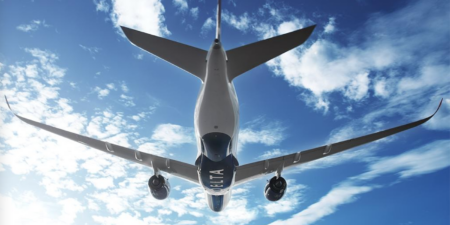September 29, 2016 – Last night saw the board of directors at Airbus Group approve a proposal by the company’s CEO, Tom Enders, to merge the Airbus Group structure with its largest division – Airbus Commercial Aircraft – to create a new entity and a single Airbus brand, effective January 2017.
“Already in July, we launched a transformation program that is heavily focused on digitalization of the company’s core processes and tools,” said Airbus CEO, Tom Enders. “It will impact the way the company and its employees will work and the way we organize Airbus in the future. Lean structures and speedy decision-making are prerequisites for the success of digital transformation. The merger of Airbus Group and Airbus paves the way for an overhaul of our corporate set-up, simplifies our company’s governance, eliminates redundancies and supports further efficiencies, while at the same time driving further integration of the entire Group.”
The other two Airbus divisions – defense & space and helicopters – will benefit from the merger through more focused business support and reduced costs.
The new entity will be led by CEO Tom Enders, with Fabrice Brégier becoming COO and president of Airbus Commercial Aircraft. As COO, Brégier will have group-wide responsibilities, inter alia for reshaping digital operations – the core part of the group’s transformation program – as well as for global supply chain and quality.
“We are bringing Team Airbus closer together, recognizing that our commercial aircraft division is by far the largest contributor to our company’s revenues and financials. We are committed to delivering the next level of performance by, for example, further streamlining our corporate structures and establishing a simpler and leaner organization overall with less bureaucracy, closer collaboration and faster processes,” explained Enders.
The details of the merger and its resulting impacts are now subject to discussions with the social partners on a group, national and divisional level.
These latest efforts are the continuation of a number of integration and normalization steps,which Airbus has taken in recent years. In 2012, the company combined the human resources and finance departments of both Airbus Group (then EADS) and Airbus. The group also relocated its headquarters to Toulouse. In 2013, the group fundamentally reshaped its corporate governance and shareholder structure, moving away from a Franco-German joint venture to a fully independent board of directors and a free-float of more than 70%. Subsequent steps brought the company’s rebranding (EADS became Airbus Group) and the group-wide integration and streamlining of additional functions.




